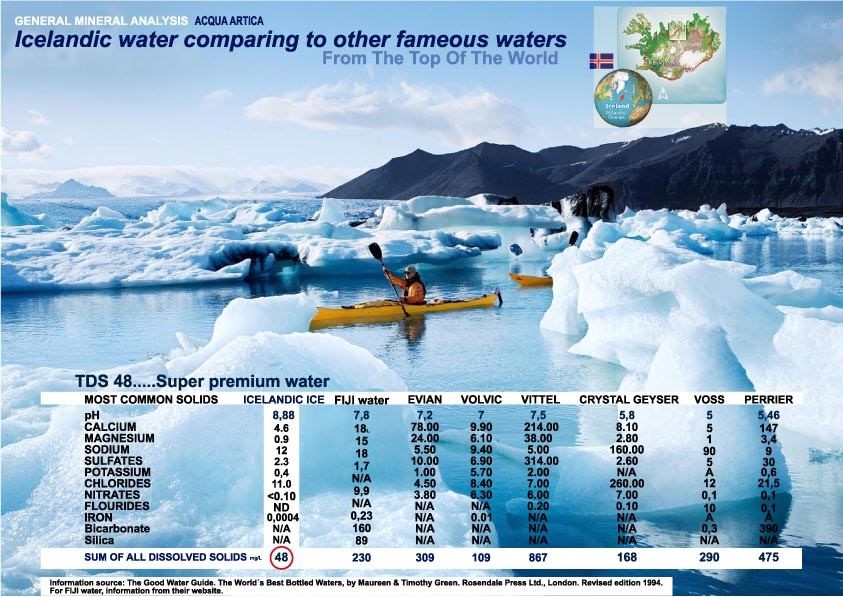The land
Iceland is a country of sharp contrasts. Widely known as “The Land of Fire and Ice” Iceland is home to some of the largest glaciers in Europe, and some of the world’s most active volcanoes. Iceland is also the land of light and darkness. Long summer days with near 24-hours of sunshine are offset by short winter days with only few hours of daylight. Iceland is also a very young country with old traditions. In fact, it is the youngest landmass in Europe with the continent’s oldest parliament, formed in 930 AD. Thingvellir, the site of said parliament is a designated UNESCO world heritage site, located at the juncture between the North American and Eurasian continental plates. There it’s possible to walk or even dive between two continents, which are being pushed apart by two centimetres every year. From the moss covered lava fields in the southwest, through the barren highlands in the centre, to the soaring fjords in the northwest, a drive around Iceland will attest to the great diversity of landscape, which changes with every turn in the road and of course with every changing season, each with its own charm.
The Water
Water, in one form or another, covers a staggering 2,750 km² of Iceland's landmass. Glaciers blanket more than a tenth of the entire island, river systems snake through all regions, and there are over 10,000 waterfalls found in the country, including Europe’s most powerful cascade, Dettifoss. And on all sides, Iceland is surrounded by the Atlantic Ocean, where storms and winds cluster and build, battering this lonely island with sheets of rain, sleet and snow. It should, therefore, come as little surprise that water is a fundamental aspect of the Icelandic psyche, carving both their country's landscape and the character of the people who live here. In Iceland, water is cherished and protected as a sacred medicine—the holy source that gives and sustains all life—and respected as a force of nature that can take your life away at any given moment if you are not careful.
